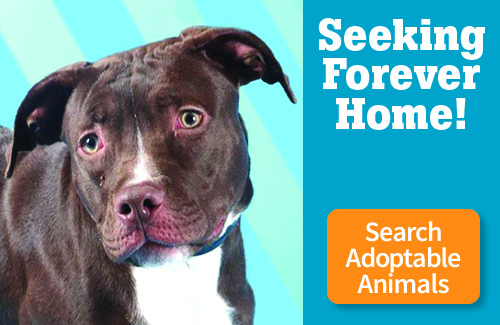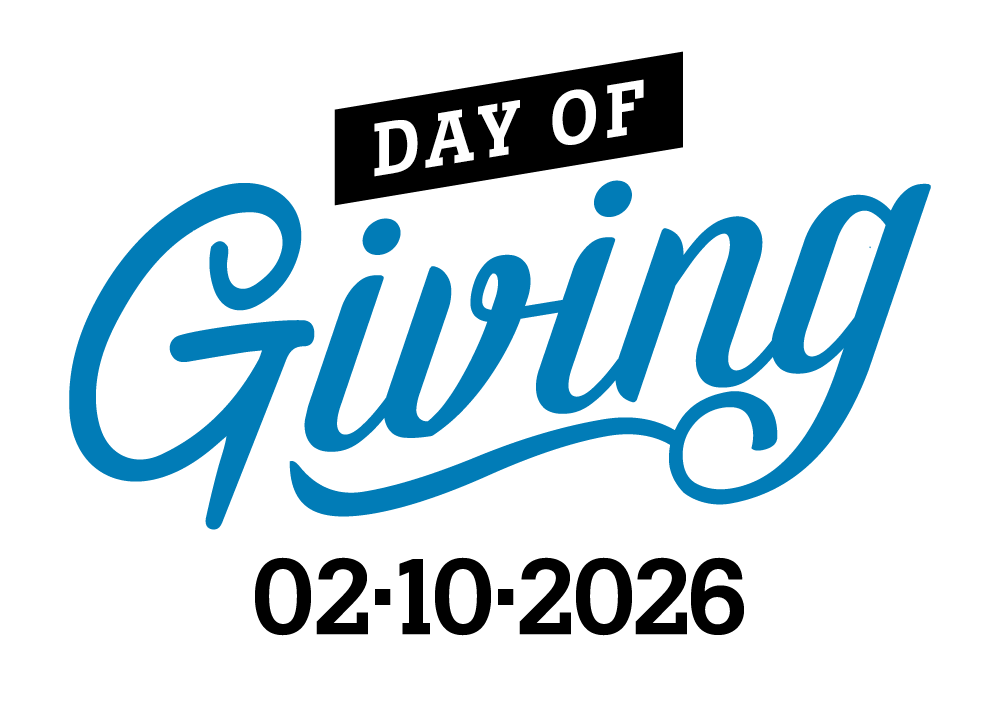What is punishment?
Punishment is any intervention intended to decrease the occurrence of an action or behavior. Commonly utilized punishments against dogs and cats include throwing items at them, yanking on a choke collar, or a prong collar, intimidation with a finger, electric shock devices and physical corrections such as lifting, kneeing, pushing, jabbing or pinning. Punishment is not synonymous with pain or abuse, though escalation of punishment methods often becomes abusive. However, by definition punishment is supposed to make a behavior decrease or stop and if that is not happening then the punishment is not effective and should be stopped. Conversely, any intervention intended to increase the occurrence of an action or behavior is defined as reinforcement. So if a behavior is ongoing in spite of what the owner believes is punishment, then punishment is not taking place.
Can I punish my pet for undesired behaviors?
While punishment can be effective at decreasing those behaviors that are undesirable (when applied within 1 to 2 seconds), if not administered properly it can aggravate existing problems and cause new ones. Positive punishment (the application of unpleasant stimulus) is applied to decrease a behavior and not to discipline the pet. It must be administered while the behavior occurs, and ideally just as it starts. The punishment must be sufficient to deter the behavior and timed so that it coincides with the behavior. Often punishment is administered too late or as an ongoing scolding. These poorly timed punishments effectively instill fear but not improvement or decline in the problem behavior.
Once the behavior ceases, punishment is inappropriate and unwarranted since it will more likely cause the pet to associate the punishment with whatever it is doing at the time and is unlikely to be associated with an act that has occurred in the past. The dog should instead be immediately rewarded for the new behavior that occurs.
Punishment directed at the pet by humans should generally be avoided. Punishment that is painful and unavoidable is inhumane. On the other hand, punishment in the form of booby traps or avoidance devices that lead to unpleasant outcomes may be effective if they occur each time the pet attempts the behavior and are not associated with the owner’s presence. In effect, the pet becomes fearful of repeating the behavior or entering an area and either ceases the behavior or avoids the area altogether.
Why does my pet act guilty?
Pets may act guilty if they can predict when you are about to administer punishment or if you are displeased. The guilty look is actually an attempt to appease the human, because the pet can predict punishment is forthcoming. However, this is not the same as acknowledgment of wrongdoing. Dogs will often display appeasement gestures such as crouching, ears down, tail tucked, and eyes diverted. To the dog these signals are designed to make another dog stop being assertive; in short, the dog is saying please stop yelling, hitting or punishing me. This is not the same as admission of guilt, remorse or understanding what deed has caused the punishment.
A pet may act guilty (fearful, submissive) because of your tone of voice, your postures or your actions. Pets may also act guilty if they have learned which situations lead to punishment. For example, if the pet learns that whenever you walk into a room where the rug has been soiled or where damage has been done, that you turn into a dangerous person, it will soon learn to avoid you or show appeasement in similar situations. However, this does not teach your pet that the behavior of chewing or soiling is undesirable, since at the time of chewing or soiling there were no unpleasant consequences (and in fact from the pet’s perspective the act was likely pleasant or necessary). It would take reasoning ability and human language skills far beyond those of any pet to learn that the punishment you are administering now was for an act that took place minutes or hours ago. In fact, if your pet has been punished for soiling or destructiveness, it would not be unusual for your pet to “act guilty” if you come across a soiling or damage that is several days old, or was done by another pet in the home.
Punishment stops my pet’s misbehavior. Why can’t I use it?
When you administer punishment, it only serves to stop the behavior when you are present. In fact, the pet may quickly learn that when you are not present the behavior does not lead to punishment and will soon learn to stop when you are watching and continue when you are not watching. Some pets see mild punishment (pushing away, eye contact, talking to the dog) as a form of attention, which actually reinforces the undesirable behavior.
Another serious concern is that if physical punishment is used (hitting, jabbing, pinning, rolling over, or grabbing the pet’s collar) it may cause undue discomfort and increase the pet’s level of fear when approached in a similar manner in the future.
Another problem is that pets may become confused or conflicted if they cannot determine whether the approaching hand represents a friendly gesture or another incident of punishment. Pets should always consider the approaching hand to be a positive gesture (petting, treats or play) – the hand is a friend. This is especially true for cats where any form of punishment by humans, could increase fear of people.
Can punishment be used for training?
Punishment may teach a pet that something is unpleasant but it does not teach the pet what is desirable. Training should focus on reinforcing what is desirable and not punishing what is undesirable. While reinforcement can increase behaviors that we want to train, punishment can only decrease behaviors that we want to stop. For punishment to be an effective training tool, it must occur within 1 or 2 seconds of the undesirable behavior, it must be at the right intensity to disrupt the behavior but not contribute to fear and the desired behavior must be encouraged and rewarded immediately. In theory, this is logical but in reality, it is difficult to meet these criteria. Often punishment is late and of poor intensity. If a dog investigates something undesirable, then a quick “ah-ah” or “no” that is just intense enough to make him look back at you is appropriate if you then praise, redirect and teach an appropriate behavior. Too often, punishment occurs without redirection so the dog resumes the behavior they were motivated to do and then punished again. If a single word or noise fails to disrupt your dog then you need a different strategy and should set your dog up for success rather than failure and the ensuing punishment.
Does punishment help to show the dog who is in charge or demonstrate dominance?
Punishment may stop a behavior and if well timed, may make the pet less likely to repeat the behavior in the future. However, even if punishment is sufficiently unpleasant for the pet to stop the behavior in the presence of one or more family members (or with a trainer), the pet may become defensive and aggressive if the same type of punishment or handling is applied by others (fight or flight). In fact, some pets will (understandably) be defensive and aggressive to anyone who raises their voice or tries to physically punish. Being “in charge,” “dominant,” or the “pack leader” are not appropriate training goals; inevitably, the pet is picking a certain behavior because it seemed appropriate at the time, not to get back at the human or to be in control.
Most commonly used techniques to dominate a dog are actually punishment techniques. These techniques may evoke fear and inhibited reactions and suppress a dog’s actions often only for the short term. Successful behavior modification techniques involve positive reinforcement and creation of a positive association with stimuli or situations that previously evoked a fearful response. Not only are punishment and dominance based techniques not appropriate or necessary; they are actually counterproductive by creating the opposite desired emotional effect. Dogs aren’t really competing for pack leadership: but what they need is humane, clear and predictable ways to perform the desired behaviors.
My dog is afraid of noises, strangers, and other dogs. He lunges out of control, and I can’t stop him without a prong collar. Is this punishment harming my dog?
This type of management and punishment technique will eventually increase a dog’s fear, arousal and possibly aggression. In the short term, these methods seem to be the perfect quick fix solution but with repetition and subsequent learning dogs require more intensive management and escalated punishment to achieve the same effect. Punishment never diminishes fear. Keep in mind that if the behavior were effectively being punished, it should decrease in frequency. If you need to use the same technique repeatedly the dog has not learned a new response which is the ultimate goal.
If I shouldn’t punish my pet, how do I stop undesirable behavior?
While punishment may be successful at stopping a behavior when you are present, it does nothing to stop the behaviors when you are not present.
Most important, punishment does nothing to help the pet learn the proper way to behave in the situation. Training should focus on teaching the pet the desirable response, rather than punishing what is undesirable. If you see your pet engaging in an unwanted behavior, distraction (perhaps with a loud noise, hand clapping or a “no”) and redirection to a more appropriate behavior is the best intervention. Most unwanted behaviors occur because the pet is not supervised properly and has the opportunity to engage in the behavior or because the pet is anxious and feels that the response is the proper one for the situation.
Can punishment cause behavior problems?
Many behavior problems are caused by inappropriate or excessive punishment. In fact, a positive situation can be turned into one that is negative and unpleasant simply by punishing the dog. For example if the dog is continually punished when it barks at visitors to your home or people that pass by your property, it may become increasingly fearful of new visitors and passersby.
If the dog pulls or lunges forward when it meets new people or other dogs on the street, punishment (in an attempt to stop the lunging behavior which might have been excited and interest initially) may make the pet more fearful of each new person or dog that it meets. Similarly if the pet is punished when it starts to investigate a new baby, either by verbal or physical corrections (positive punishment) or by removing it from the room (negative punishment), it is likely to make negative associations with the baby. In short, many times when we punish our pets for behaviors we find undesirable we make them more fearful of the situation or of the people or pets it meets at future greetings.
Another possible outcome of punishment is that some pets become confused, and may begin to exhibit unusual behaviors such as spinning, tail chasing, chewing or licking themselves or loss of urine control. These behaviors, known as displacement behaviors arise when pets are in a state of conflict. This might occur if your responses to your pet are inconsistent. For example, if some greetings and attention-seeking behavior are encouraged but others are punished, then it can be unclear to your pet whether or not to approach. Be consistent. Teach your pet proper greeting behaviors and what behaviors earn attention.
Can punishment be used to correct behavior problems?
Punishment should not be used to correct undesirable behavior.
Some pets may see it as a form of reinforcement, while others will become increasingly more fearful or aggressive. Punishment focuses on stopping the undesirable but does not teach what is desirable. For example, if the pet barks, lunges or is aggressive toward children, dogs or strangers, punishment only serves to make the pet increasingly more fearful and anxious each time it is exposed to a child, dog or stranger. On the other hand, calming the pet and reinforcing the desirable behavior (such as sit and focus on the owners) teaches the pet how to behave in the situation and that each new exposure might have a positive outcome.
Contributors: Debra Horwitz, DVM, DACVB & Gary Landsberg, DVM, DACVB, DECAWBM © Copyright 2012 LifeLearn Inc. Used and/or modified with permission under license.





